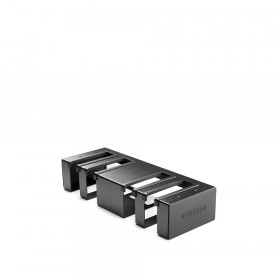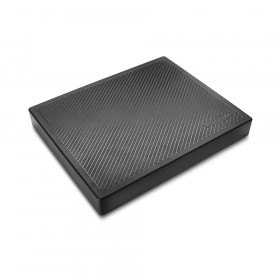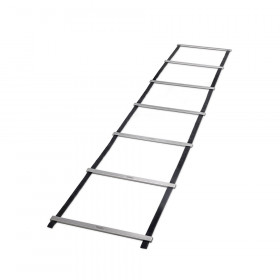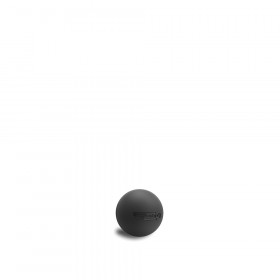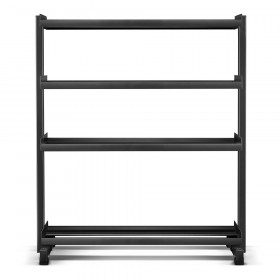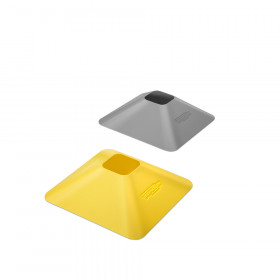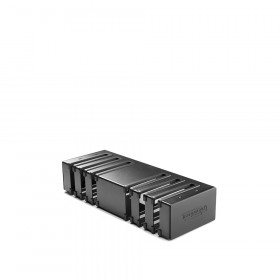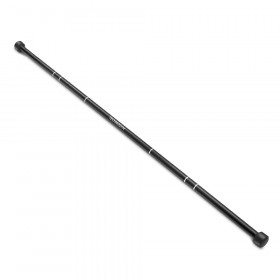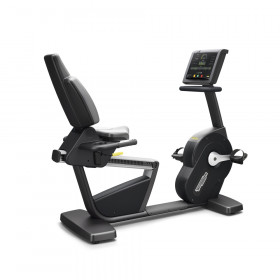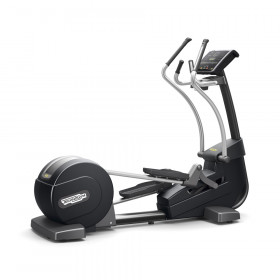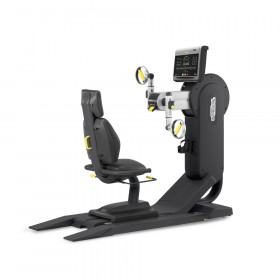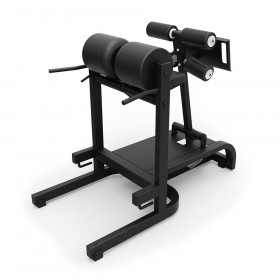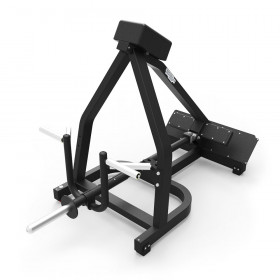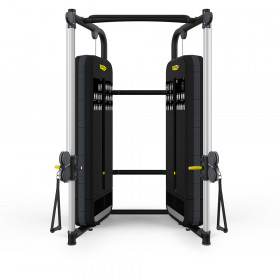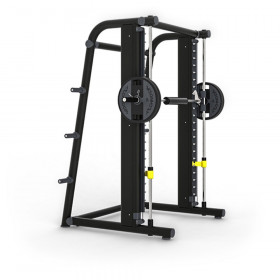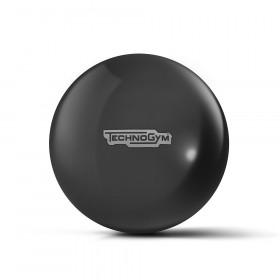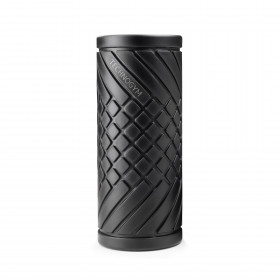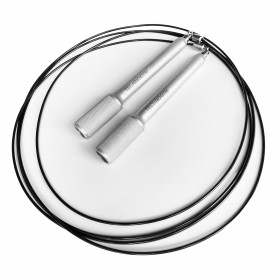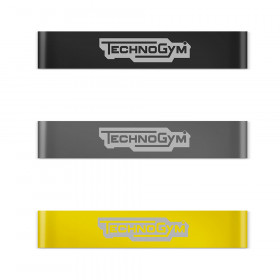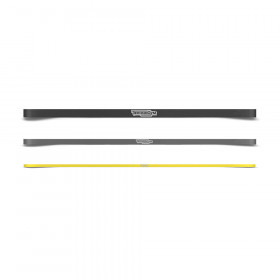The trapezius muscle is one of the widest back muscles. Named for its trapezoid shape, the trapezius muscle is the large triangle-shaped muscle that originates at the base of the neck, extends across to the shoulder blades and connects to the lower thoracic vertebrae in the middle of the back.
The trapezius tilts and rotates the neck and head. It also supports the shoulders and arms and is involved in rotating the shoulder blades to lift the arms above the shoulders. It is one of the more visible muscles in the back, lying just beneath the skin. A well-developed "cobra" trapezius muscle is an iconic feature of body builders. Whilst most people don’t aspire to develop their trapezius to this extent, there are real benefits to having strong toned "traps".
These neck and back muscles are one of the most used groups of muscles in the body because of the role they play in maintaining good posture, and lifting and moving the arms. Consequently, the trapezius muscle is prone to stress (this is particularly pronounced amongst people who spend long hours bent over desks or driving), however, regular stretching and exercise can reduce the discomfort caused by muscle pain and stress.
Exercises to work your trapezius muscles
Having strong toned trapezius muscles will improve both your sporting abilities and everyday fitness. They are particularly important in activities, which involve throwing or swinging any form of equipment; like a tennis racket, baseball or cricket bat or golf club.
The traps also play an important role in injury prevention. Strong traps better absorb blows to the shoulder area, and they also secure the neck during contact, reducing the potential for neck injuries and even concussions. To build bigger, stronger traps, try the following exercises. They will challenge the muscles in and around your neck and upper back, so you'll be better conditioned for exercise and have better looking physique too!
The trapezius muscle is divided into 3 areas:
Upper fibres
The upper fibres are what people associate with the trapezius. They protrude from the shoulder and are visible both from the front and back. When these muscles are over-developed by body builders they give the individual the "cobra neck". Their biggest roe is as the prime mover in raising the shoulders.
Shoulder shrugs
Shoulder shrugs are a simple exercise for working the upper fibres. It is performed by moving the shoulders straight up and down and can be done with or without weights. If using weights these can be body weight, free weights or fixed weights on equipment like the Kinesis.
- Stand with your feet shoulder width apart, core tight, legs straight but knees relaxed.>/li>
- Hold a barbell with both hands in front of you with an overhand grip that is a shoulder width or slightly wider apart.
- It should be slightly touching your thighs. Alternatively hold 2 dumbbells (or Technogym free weights available in the Wellness Rack), and let them hang down at your sides.
- Without bending your elbows, shrug your shoulders straight up as high as you can, as if you are trying to touch your ears with your shoulders.
- Try not to roll your shoulders forward or backwards as you perform the shoulder shrug.
- Before releasing, squeeze and hold for a second.
- Slowly lower your shoulders again, maintaining control all the way back to the starting position.
- This completes one rep
- As always, fitness improvement is gained through overload so select a weight that will allow you to do 8-10 repetitions (where the last one takes significant effort) to strengthen your upper fibres. Or 12-15 reps if you are aiming for endurance. Then try to do three sets
Middle fibres
These run across the shoulders and help to stabilise your shoulder movement. These muscles respond to high repetition and can be effectively worked without weights. The middle fibres are most active during scapula adduction (squeezing your shoulder blades together), as well as upward rotation.
Therefore, exercises such as bent over rows, seated rows (which involve scapula adduction) and overhead presses (which involve upward rotation) will target the middle trapezius effectively.
Two arms bent over row
- Stand with your feet hip distance apart, one leg forward of the other, knees slightly bent.
- Lean forward keeping your back straight
- Grab a dumbbell in each hand.
- Keeping your body still, raise the dumbbells up and towards your sides as you bend your elbows, taking your arms backwards so that your elbows protrude behind you.
- Reverse the movement to return to the starting position.
- This completes one rep.
- Do three sets of 8-10 (or 12-15) reps as above.
- This exercise can also be done kneeling on a bench and one arm at a time.
Another simple but effective exercise for the middle fibres can be performed whilst sitting at your desk:
- Squeeze your shoulder blades together by moving your elbows backwards.
- Hold for 3 seconds and return to the starting position.
- Do 15-20 reps of three sets.
- You may be surprised how challenging this no-weight exercise can be.With your back straight and core tight, place both hands behind your head at the base of your neck.
Lower fibres
Located on the thoracic (chest) spinal region of the back. The lower fibres act on the scapula (shoulder blades), with their main role being the prime mover in scapular depression. It also acts as a stabiliser when raising the arms overhead through a full range of motion.
Front Shoulder Raise with a Resistance Band
- Stand on a resistance band (available in the Wellness Bag) with your feet shoulder width apart
- Hold the handles in front of your waist or thighs with your palms facing you.
- Keeping your core (abdominal muscles and your back muscles) tight, raise your arms directly in front of you, whilst keeping them straight.
- Stop and hold for three-seconds once you reach the level of your shoulders.
- Keeping your core muscles tight, return to the starting position, maintaining control as you slowly lower your arms.
- This completes one rep.
- Use this is an endurance workout by performing each repetition to the count of 3-5, for 15 to 25 repetitions. Aim to do three sets.

